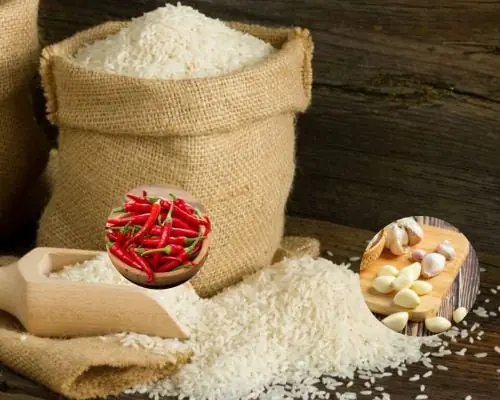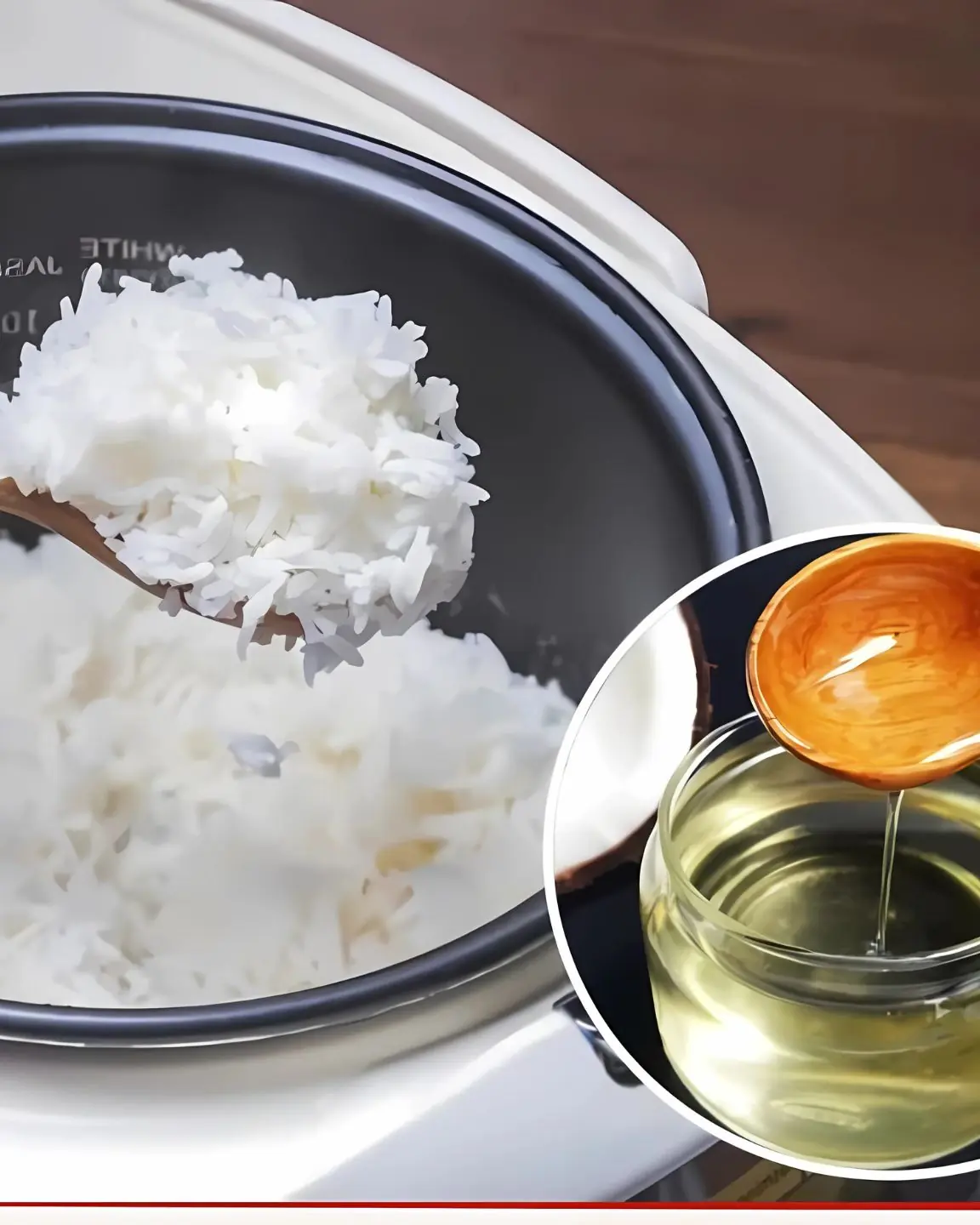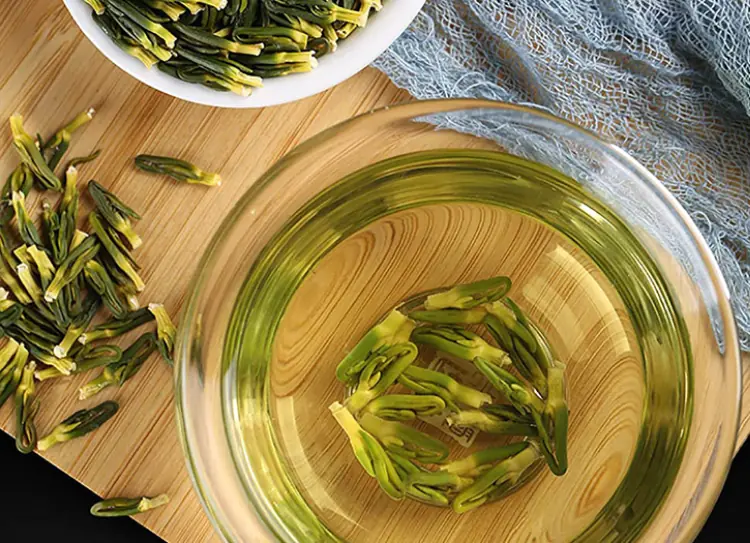
Add One More Spice When Simmering Pork
Pork is a versatile and flavorful meat that graces tables around the world. Whether you’re preparing a hearty stew, tender braised dish, or slow-cooked roast, pork is a go-to choice for many meals. However, there’s one common issue many people face when cooking pork—its sometimes overpowering, unpleasant odor. Fortunately, there's a simple solution that can enhance both the taste and texture of your dish: adding a special spice to the cooking process.
The Secret Spice: Ginger
Ginger, a well-known spice used across various cuisines, is the perfect addition when simmering pork. Not only does it help to eliminate the fishy or off-putting odor that can sometimes accompany pork, but it also improves the overall quality of the dish in several beneficial ways.
How Ginger Works Its Magic
Ginger contains natural compounds, such as gingerol, which contribute to its distinctive aroma and flavor. These compounds are not only responsible for the spice's warm, aromatic taste, but they also possess antimicrobial and antioxidant properties. When added to pork, ginger helps to break down the proteins and fats in the meat, which results in a softer texture.
Furthermore, ginger helps to neutralize the pungent odors that may come from the fat in pork, making the meat more palatable and enhancing the overall dining experience. It’s especially useful in dishes where pork is simmered or braised for long periods, as it can effectively counteract any unpleasant smells that may develop during the cooking process.
The Health Benefits of Ginger
Beyond its ability to enhance the flavor and aroma of your pork, ginger offers numerous health benefits. Rich in antioxidants, ginger helps to combat inflammation and may support digestive health. It’s also known for its ability to relieve nausea, reduce muscle soreness, and boost the immune system. Adding ginger to your pork dishes not only makes the meal more delicious but also adds a nutritional boost.
How to Use Ginger When Simmering Pork
Using ginger in pork dishes is easy. Start by peeling a small piece of fresh ginger, then slice or grate it before adding it to the pot while simmering the pork. You can also use ginger powder or ginger paste if fresh ginger is unavailable. Typically, a thumb-sized piece of fresh ginger should suffice for a medium-sized pot of pork.
For a more balanced flavor, some people like to pair ginger with other complementary ingredients, such as garlic, onions, and soy sauce, particularly in Asian-inspired pork dishes. However, even with just ginger, you'll notice a significant improvement in the texture and aroma of your pork.
Other Tips for Simmering Pork
While ginger is a great addition, there are other tips for making your simmered pork even more tender and flavorful. For example, adding a touch of vinegar or citrus can help to tenderize the meat and balance out the richness of the pork. Slow cooking the meat over low heat for extended periods allows the collagen in the pork to break down, resulting in a melt-in-your-mouth texture.
Conclusion: Elevate Your Pork Dishes with Ginger
If you're tired of dealing with the sometimes unpleasant odor and toughness of simmered pork, adding ginger to the recipe is an easy and effective solution. Not only does it help remove the fishy smell, but it also makes the pork more tender and nutritious. By incorporating this simple yet powerful spice into your cooking, you can take your pork dishes to the next level, offering both better flavor and health benefits with every bite. So, next time you're simmering pork, don't forget to add that extra touch of ginger for a delicious and satisfying meal!
News in the same category


Stop Wasting Rice Water!

90% of People Are Setting Their Fridge Temperature Wrong

9 Quick Tips to Relieve Nighttime Calf Cramps While Sleeping

Distinguish Naturally Ripened Tomatoes

Placing a Broom in These 4 Positions Could Sweep Away Your Wealth

Add One More Spice When Simmering Pork

Burying Garlic in a Rice Container: A Brilliant Household Trick Everyone Will Love

3 Sprouted Foods as To.xic as Arsenic—Many People Eat Them Without Knowing the Risks

Natural Pest Control: Using Hot Red Pepper to Repel Aphids and Snails

The Hidden Washing Machine Switch: Press It Once to Flush Out Dirt

The Power of Onions: A Natural Boost for Prostate Health

Should You Wash Eggs Before Storing Them in the Fridge?

Place a Garlic Bulb at the Head of Your Bed: Its 'Golden' Benefits Will Make Anyone Who Reads This Want to Try It

Clean Your Pillow Filling

7 Simple Yet Powerful Benefits of Drinking Cloves

Why should you add 1 teaspoon of coconut oil when cooking rice?

If your wooden door is infested with termites, just mix this and pour it in. The wooden furniture will still be beautiful after 10 years

These Aloe Vera Face Masks Will Beat Your Acne Pimples In No Time

How to Grow Pumpkins Successfully: Best Watering and Fertilization Tips
News Post

7 Kidney Warning Signs You Must Not Ignore

New Coronavirus Strain Found in Bats in China Could Potentially Infect Humans

New Research Suggests That All C.a.n.c.e.r.s Are Linked To A Single Protein

A new artificial intelligence can detect b r e a s t c a n c e r 5 years before it develops

Stop Wasting Rice Water!

The Hidden Dangers in Leftovers

90% of People Are Setting Their Fridge Temperature Wrong

9 Quick Tips to Relieve Nighttime Calf Cramps While Sleeping

A Big Belly Isn’t Always Just Fat

Only girl can understand🤣

Can you spot the robber in 5 seconds?

How many bears are there in the picture?

5 Best Teas for Diabetics

Drooling in Your Sleep? Watch Out for These 6 Dangerous Diseases!

Kidney disease can cause lasting damage

These Four Groups Should Avoid Garlic

Distinguish Naturally Ripened Tomatoes

Placing a Broom in These 4 Positions Could Sweep Away Your Wealth
